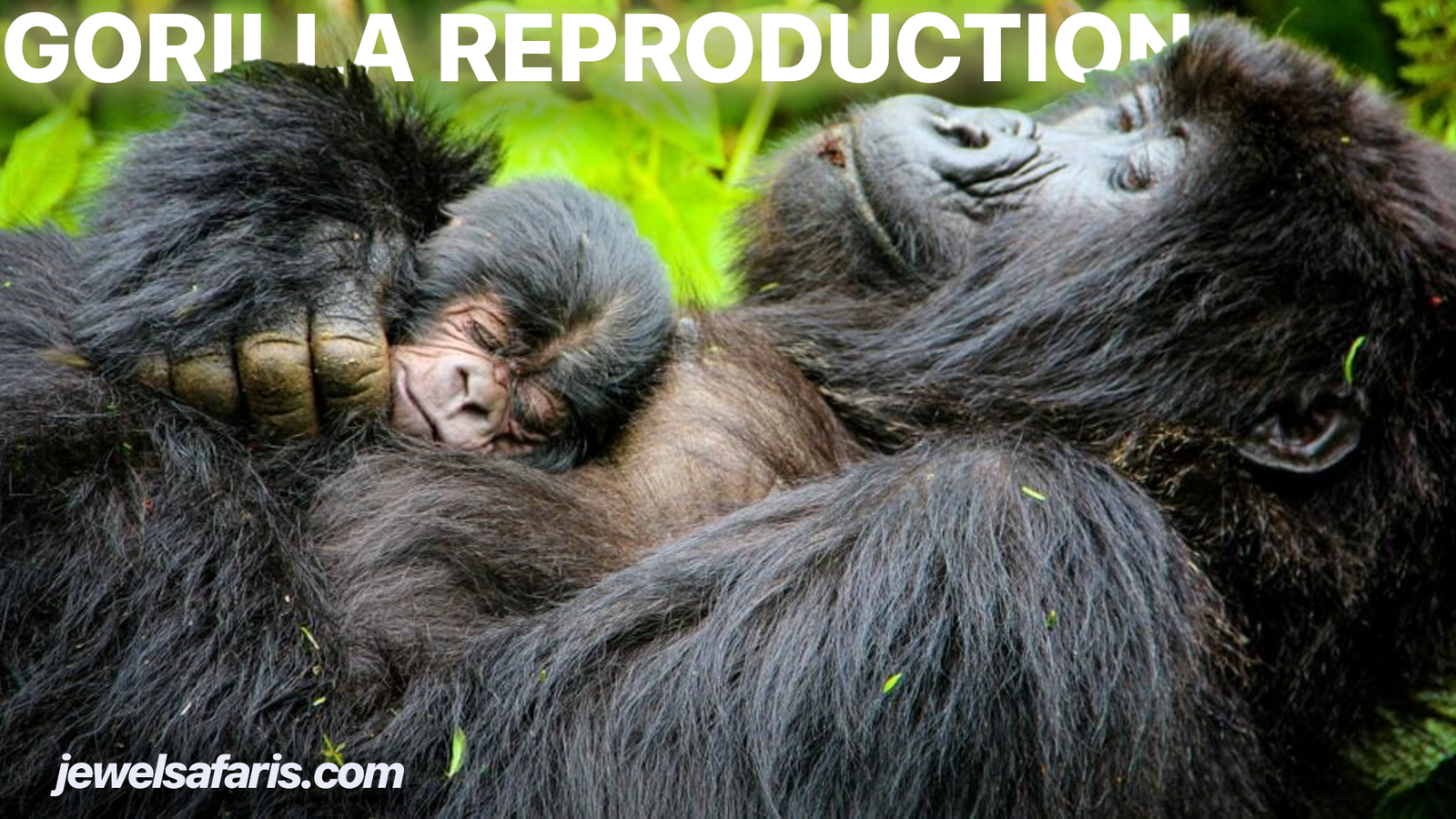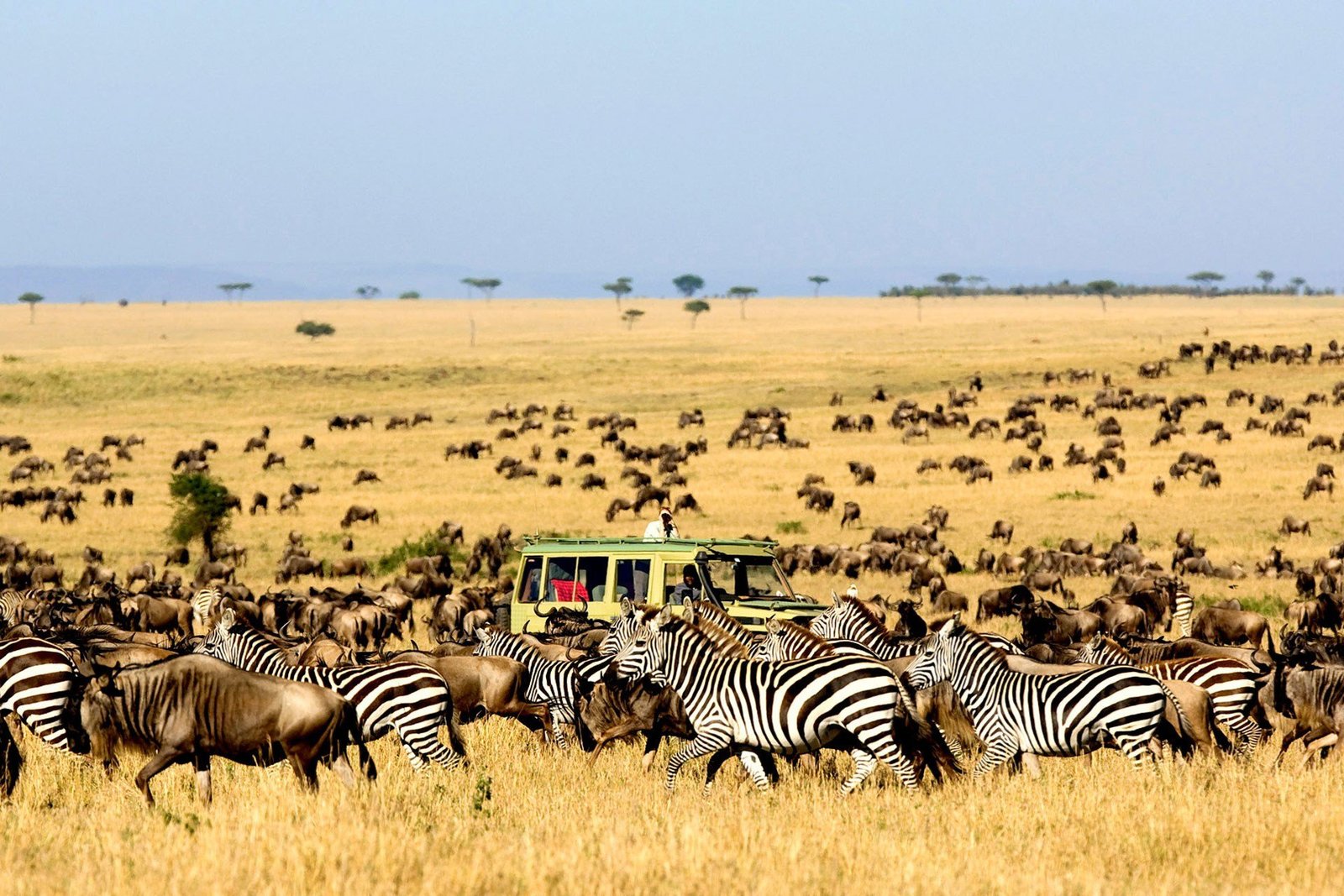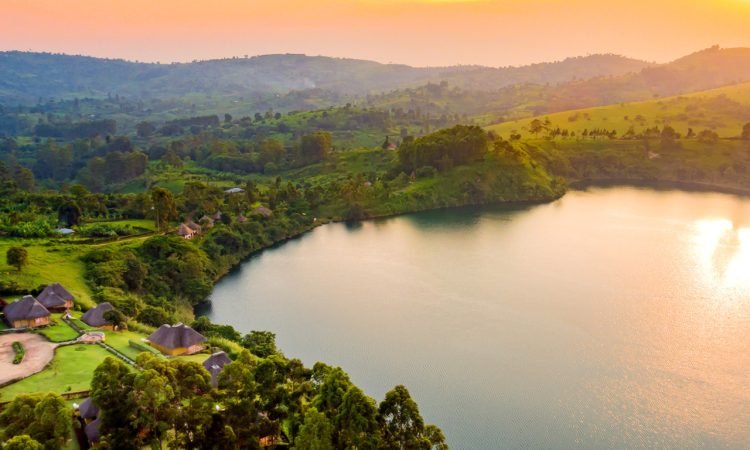Semuliki National Park, Uganda
Lying within the Albertine Rift on the western arm of the East African Rift, Semuliki National Park is located on Uganda’s border with the Democratic Republic of Congo (D.R.C). Semuliki was created in 1932 as a forest reserve under the jurisdiction of the forest department. Later in 1992, the forest department upgraded it to a forest park and in October 1993 gazette as a national park with the sole purpose of protecting the forest as a fundamental part of the protected areas of the Western Rift Valley.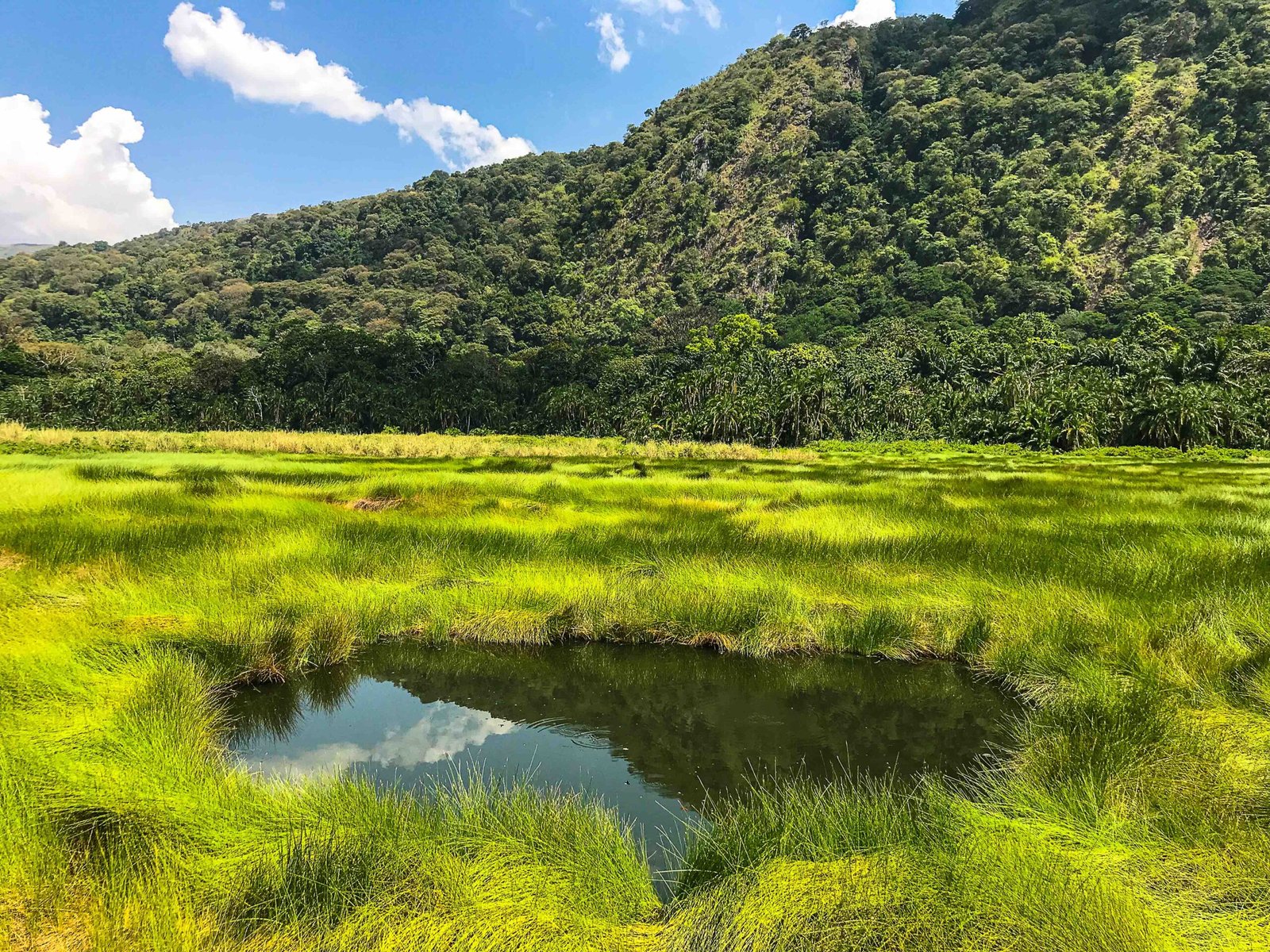
Activities in Semuliki National Park
There is plenty of wonders to uncover in this gem. Semuliki is one of the less visited but bio-diverse parks with beautiful scenery as you make your way to the park. Some of the attractions and activities you can engage in while here include:Birding
This is one of the top activities that attracts most of the visitors to Semuliki National Park. With over 400 species, Semuliki is the true birder’s haven. The Nandi and Sempaya areas are excellent spots for birding and the common species here include the golden-naped weaver, grant’s bluebill, Maxwell’s weaver, lyre-tailed honey guide, red-cheeked waxbill, red-faced woodland warbler, White-throated blue swallow, Ground-Thrush, Black-casqued wattled hornbill, Piping hornbill, Yellow-throated nicator, Black-billed turaco, Ross’s turaco, Swamp palm bulbul.Nature Walks and Hiking
The best way to explore the beauty of Semuliki is by taking a guided nature walk. The park has three main trails which visitors follow during the nature walk. The 8km Sempaya nature trail leads to the Sempaya hot springs and offers spectacular views. The 13km Kirumia trail is perfect for bird watching, taking you through the center of the forest to the Semuliki River. On the easterly margin of the park lies the Red monkey trail which also leads to the Semuliki river and presents an opportunity to see birds, mammals, butterflies and plants. During the nature walk, you may also encounter other species such as baboons, black-and-white colobus, De Brazza’s monkey, grey-cheeked Mangabey, and the Central African red colobus.Hot springs visit
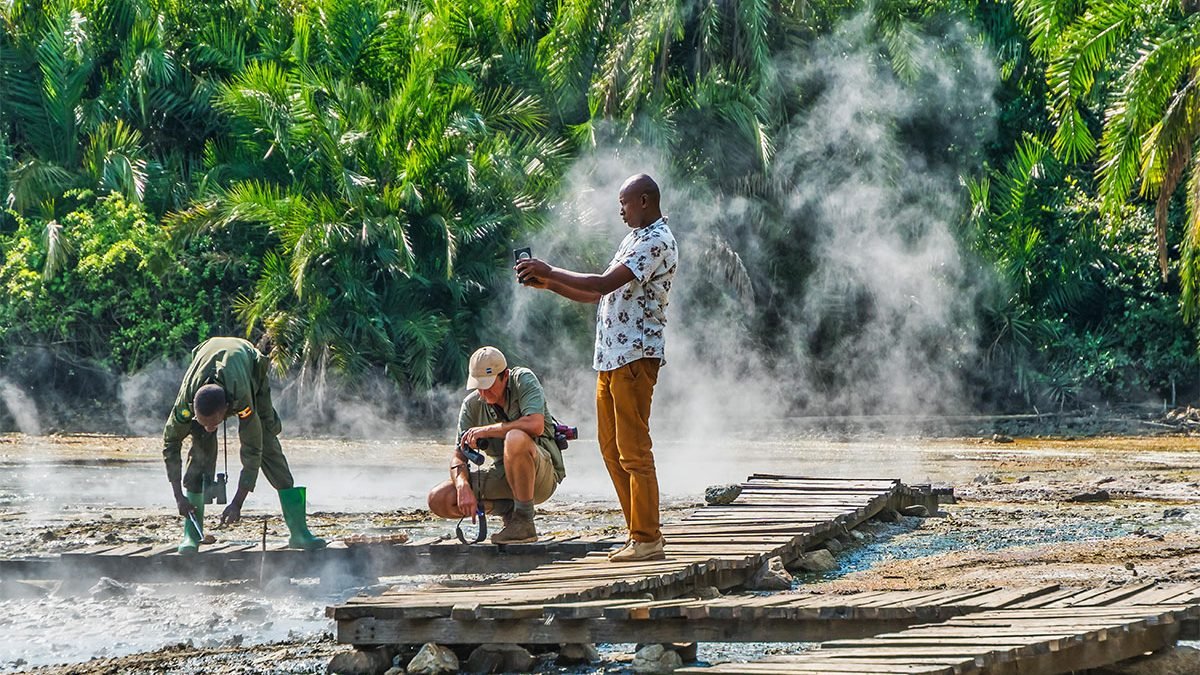
Batwa Cultural Experience
Four indigenous tribes live on the edges of the park. Visitors interested in a cultural experience can visit any of these tribes which are; The Batwa pygmies who are traditionally hunters and fruit gatherers. Their counterparts the Bakonjo and Bamba live on the slopes of mount Rwenzori where they grow crops. The Batuku who are pastoralists inhabits the Northern part of the park. The cultural experience will give visitors an insight into the traditional way of living of these unique tribes.Best time to visit Semuliki National Park
Semuliki National Park is open for tourism all year round although it is advisable to visit during the dry season between the months of January and February and also June to September when the roads are easy to navigate through. The wet season which starts from December to March and October to November receives a lot of rainfall which floods some sections of the park as a result of flooding of the rivers.How to get to Semuliki National Park
By Road
Two routes take you to Semuliki National Park. The shorter route is from Kampala to Fort Portal via Mubende. This journey is approximately 300km and takes about 5-6 hours. The second and longer route is from Kampala to Fort Portal via Masaka, Mbarara, and Kasese. This journey is approximately 465km, driving for about 7-8 hours with possible stopovers at Lake Mburo National Park, Kibale National Park, and Rwenzori Mountains National Park. Upon reaching Fort Portal town, you will drive for about 55km along the Fort Portal-Bundibugyo highway to the Sempaya gate. Along the way, you will have beautiful scenery of the Albertine Rift Valley floor, Rwenzori ranges, and scenic contours.By Air
Semuliki National Park can also be accessed by air to Kasese airstrip. AeroLink and Fly Uganda operate chartered flights from either Entebbe airport or Kajjansi airstrip to Kasese airstrip. From here, you will drive to Fort Portal and then to Semuliki.Where to stay in Semuliki National Park
Visitors to Semuliki National Park have very limited options when it comes to accommodation facilities within the park. Some visitors opt to sleep in either Kasese or Fort Portal town and travel the next morning to the park. These facilities include the following:Luxury
- Semuliki Game Lodge
- Kyaninga Lodge
Mid-range
- Fort Motel
- Rwenzori Courts
- Mountains of the moon
Budget
- Kirimia Guest House
- UWA Bandas and Cottages
- Stay City Guest House
